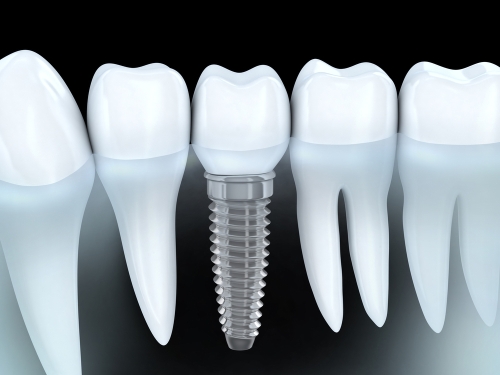
- a 28 Paxton Street North Ward Q 4810
- p 07 4772 4944
- e info@dentistonpaxton.com

Crowns
A crown is a covering that fits over a damaged tooth to restore strength and chewing ability. Your dentist may suggest a crown after root canal treatment, breakage or if it has previously had heavy fillings. Crowns are prepared for every unique individual to help improve chewing ability and reduce sensitivity in the damaged area.
The procedure to have a crown initially begins with preparing the tooth and taking an impression of the area. The impression is used to create a metal or porcelain crown that fits comfortably into your mouth. A subsequent appointment will actually fit & cement the crown.
The crown will restore the appearance and function of your tooth and will last for many years.

Bridges
A bridge can fill the gap of a missing tooth if an implant or denture is not suitable. A bridge replaces a missing tooth with a false one, which is anchored in place by adjacent healthy teeth.
In the first appointment the healthy teeth surrounding the missing tooth are prepared as they would be for a crown. An impression of the area is taken and sent to a dental laboratory where the bridge is custom made from porcelain or metal. Next, the dentist will fit and cement the artificial tooth into your mouth by attaching it to the adjacent teeth.
The bridge will restore your bite and should feel comfortable.

 The procedure involves three separate treatment stages. The implant is inserted into the bone and fitted with an 'abutment' or connector. A crown is then placed over the root to restore the appearance and chewing ability of a regular functional tooth.
The procedure can take from three to six months or more from surgical placement of the implant to the fitting of the crown.
While most people can have dental implants children under the age of 17 years are usually not considered suitable because their bones are still growing. Smoking also impairs the healing process and may cause implant failure.
Costs of Implant Treatment
An estimate will be provided to you of your dentist part in the implant process. Fees for the oral surgeon, hospital & anaesthetist are separate from the dentist fees & these will be provided by the oral surgeon. As the actual treatment may differ from the proposed treatment, the final account may vary from the estimate.
The procedure involves three separate treatment stages. The implant is inserted into the bone and fitted with an 'abutment' or connector. A crown is then placed over the root to restore the appearance and chewing ability of a regular functional tooth.
The procedure can take from three to six months or more from surgical placement of the implant to the fitting of the crown.
While most people can have dental implants children under the age of 17 years are usually not considered suitable because their bones are still growing. Smoking also impairs the healing process and may cause implant failure.
Costs of Implant Treatment
An estimate will be provided to you of your dentist part in the implant process. Fees for the oral surgeon, hospital & anaesthetist are separate from the dentist fees & these will be provided by the oral surgeon. As the actual treatment may differ from the proposed treatment, the final account may vary from the estimate.